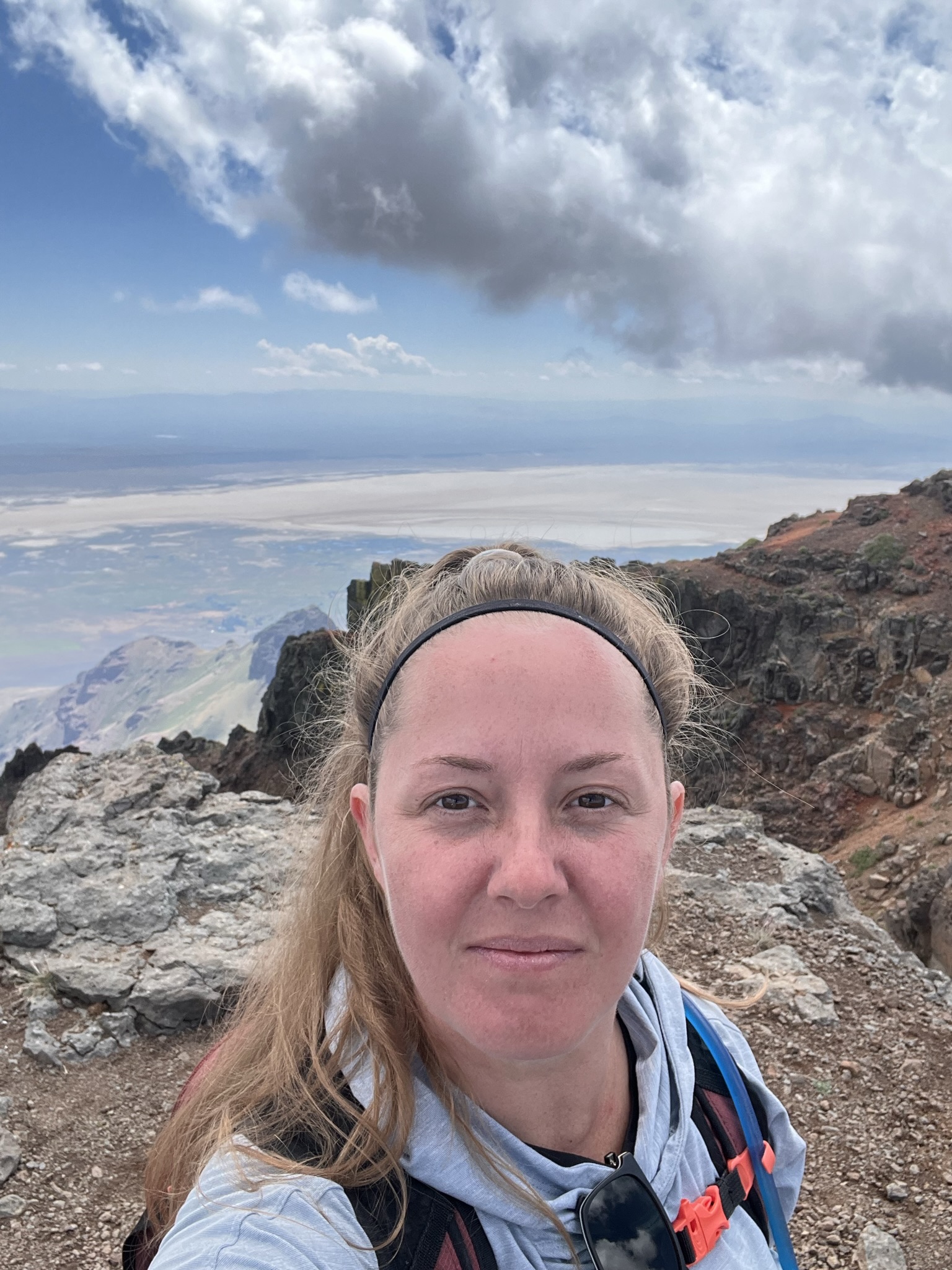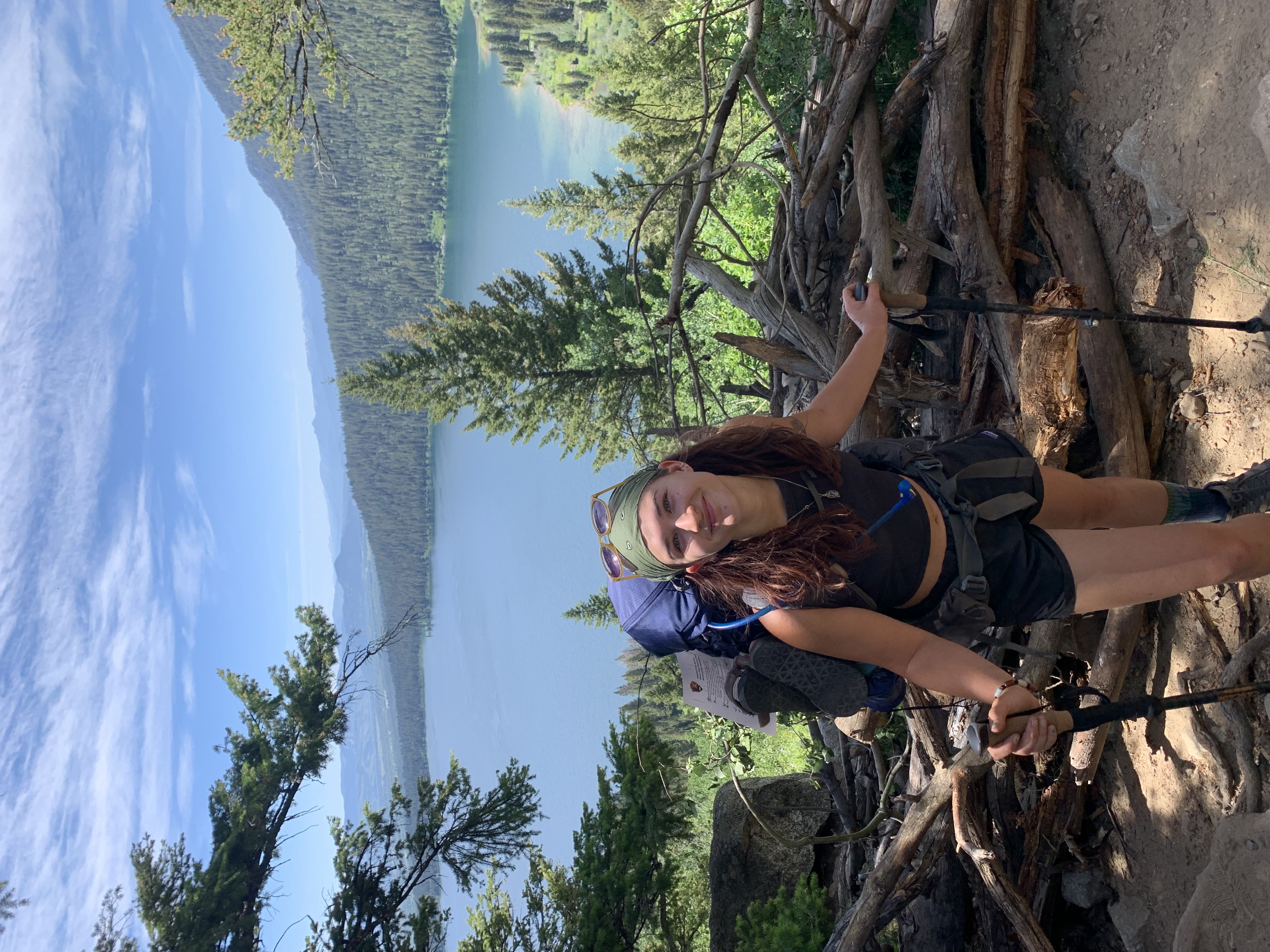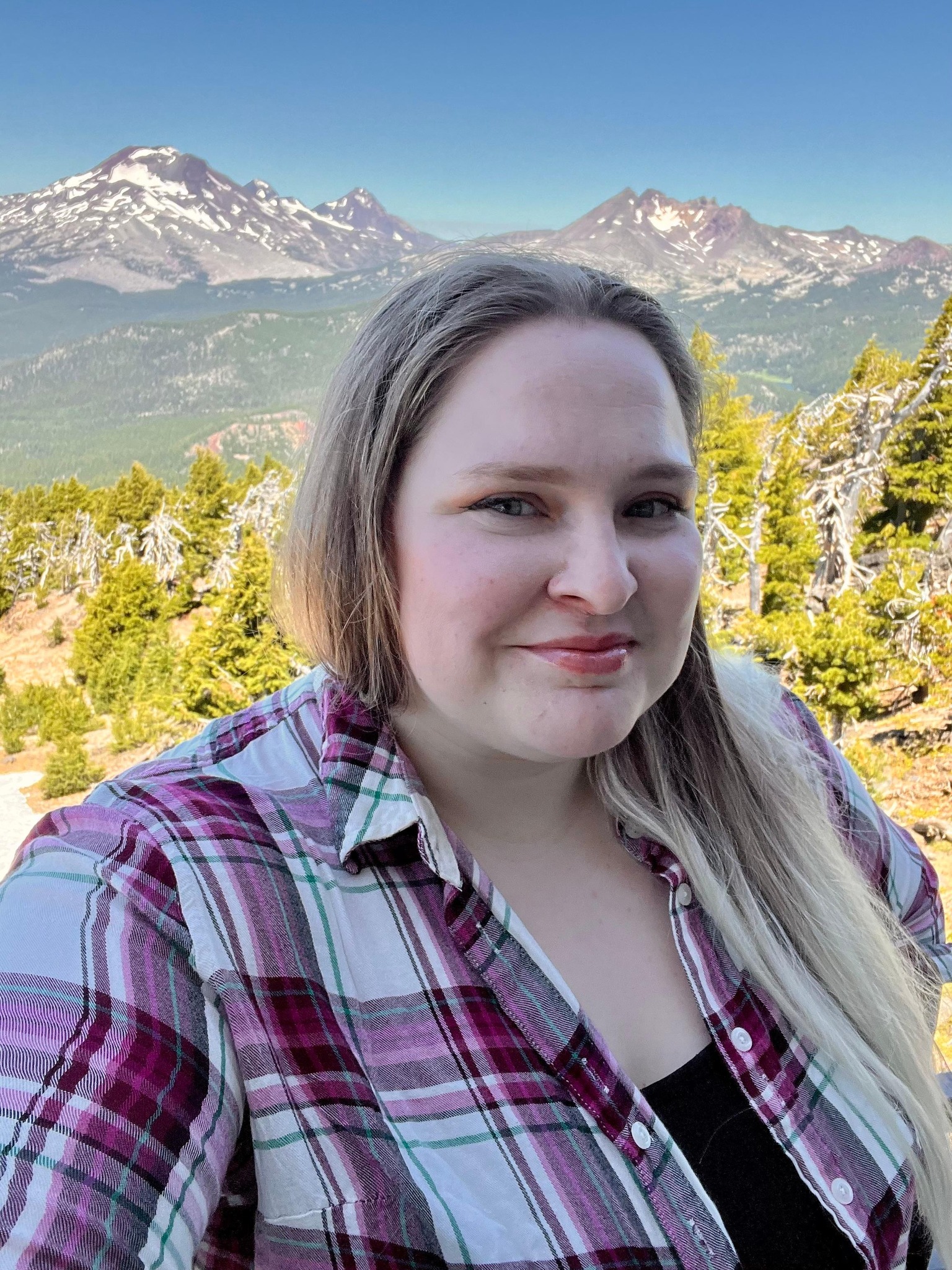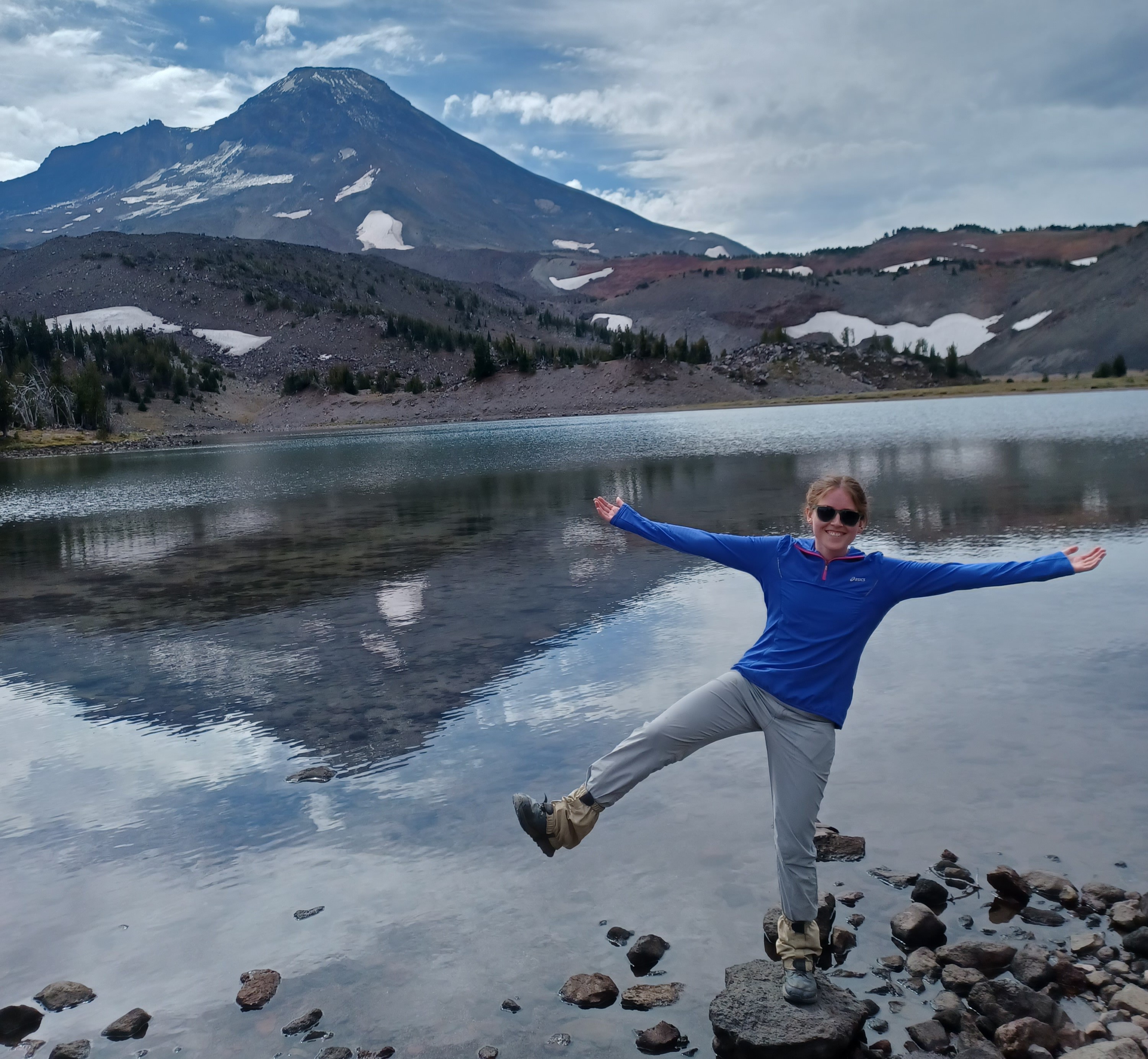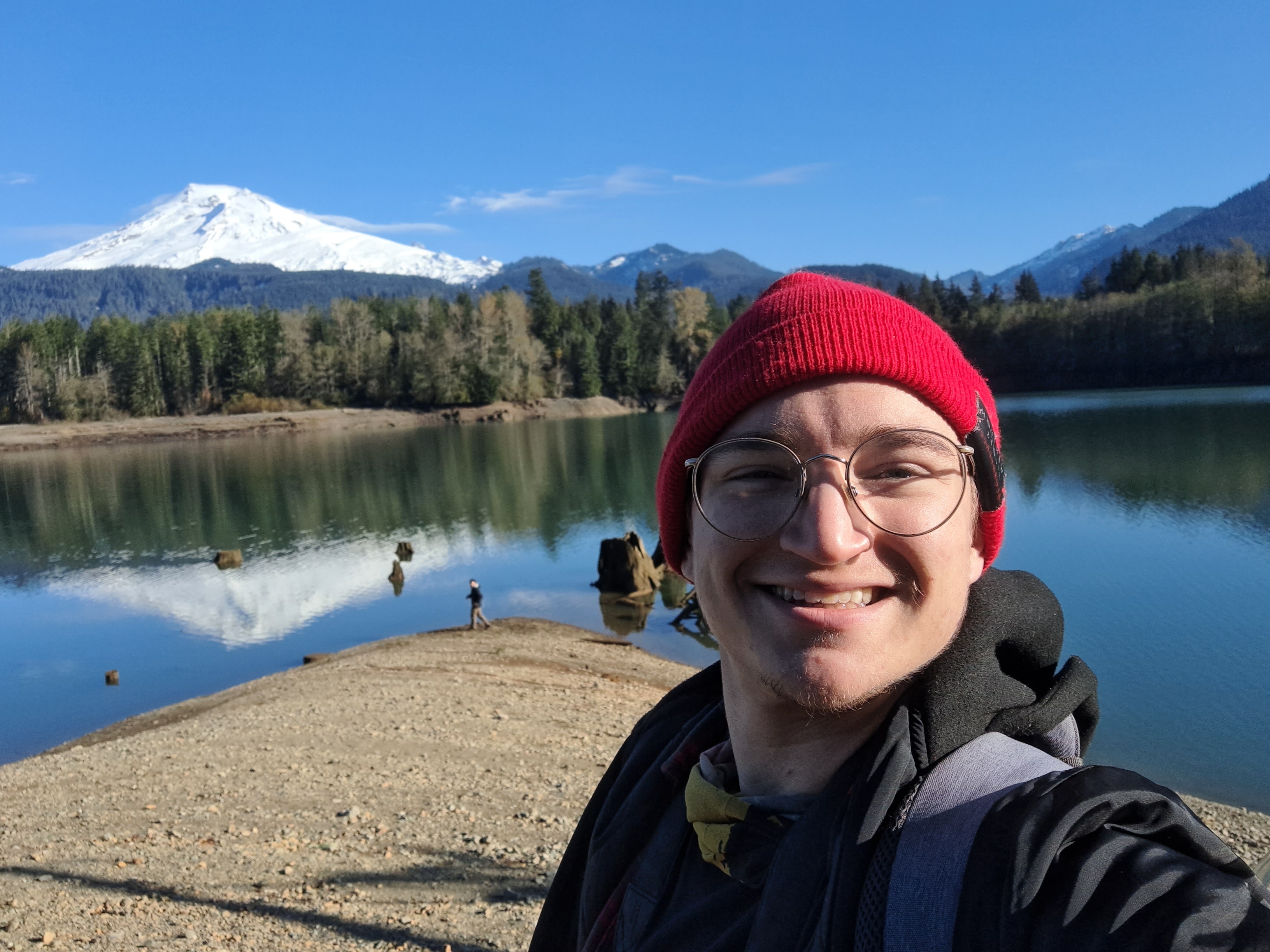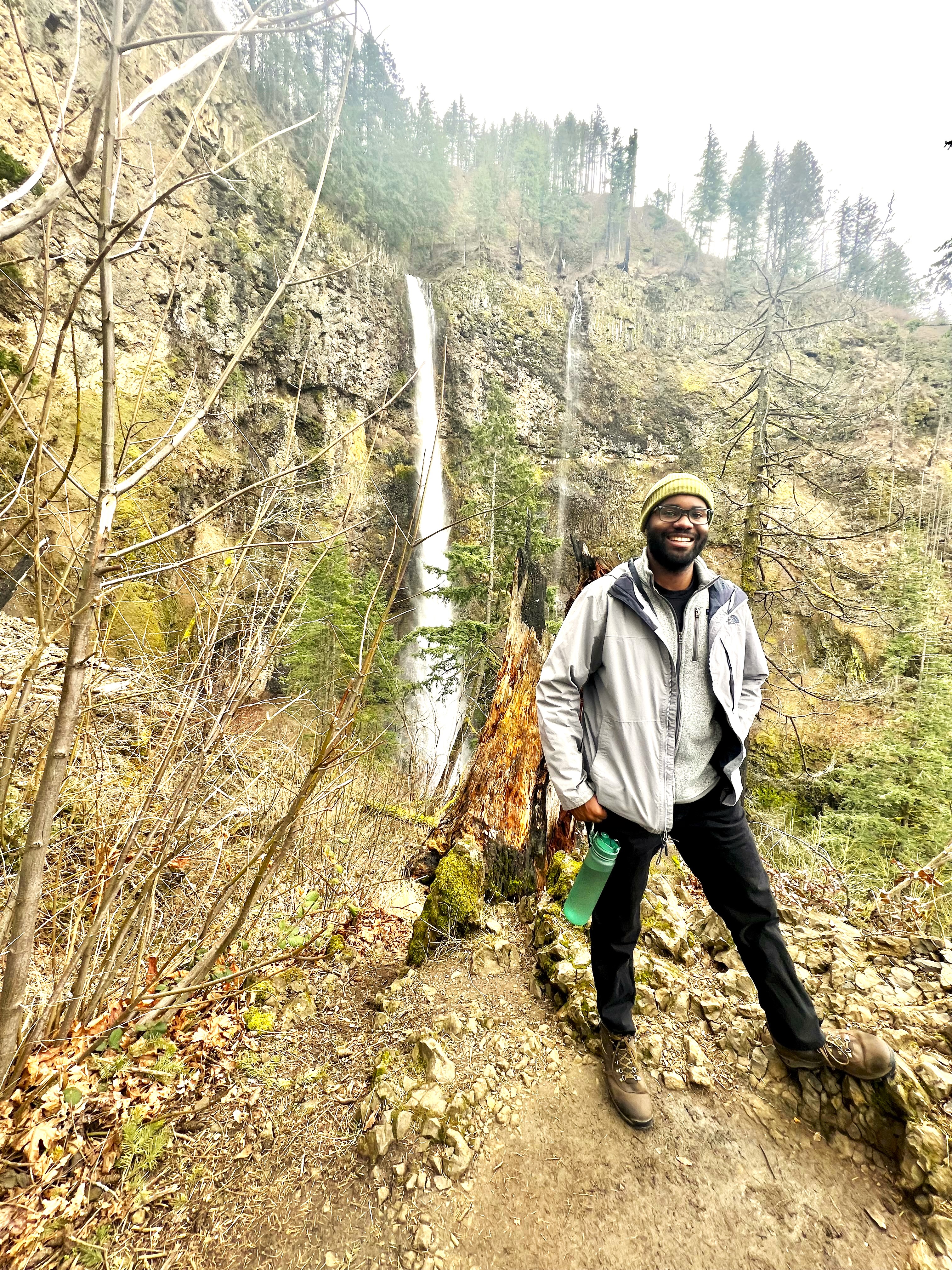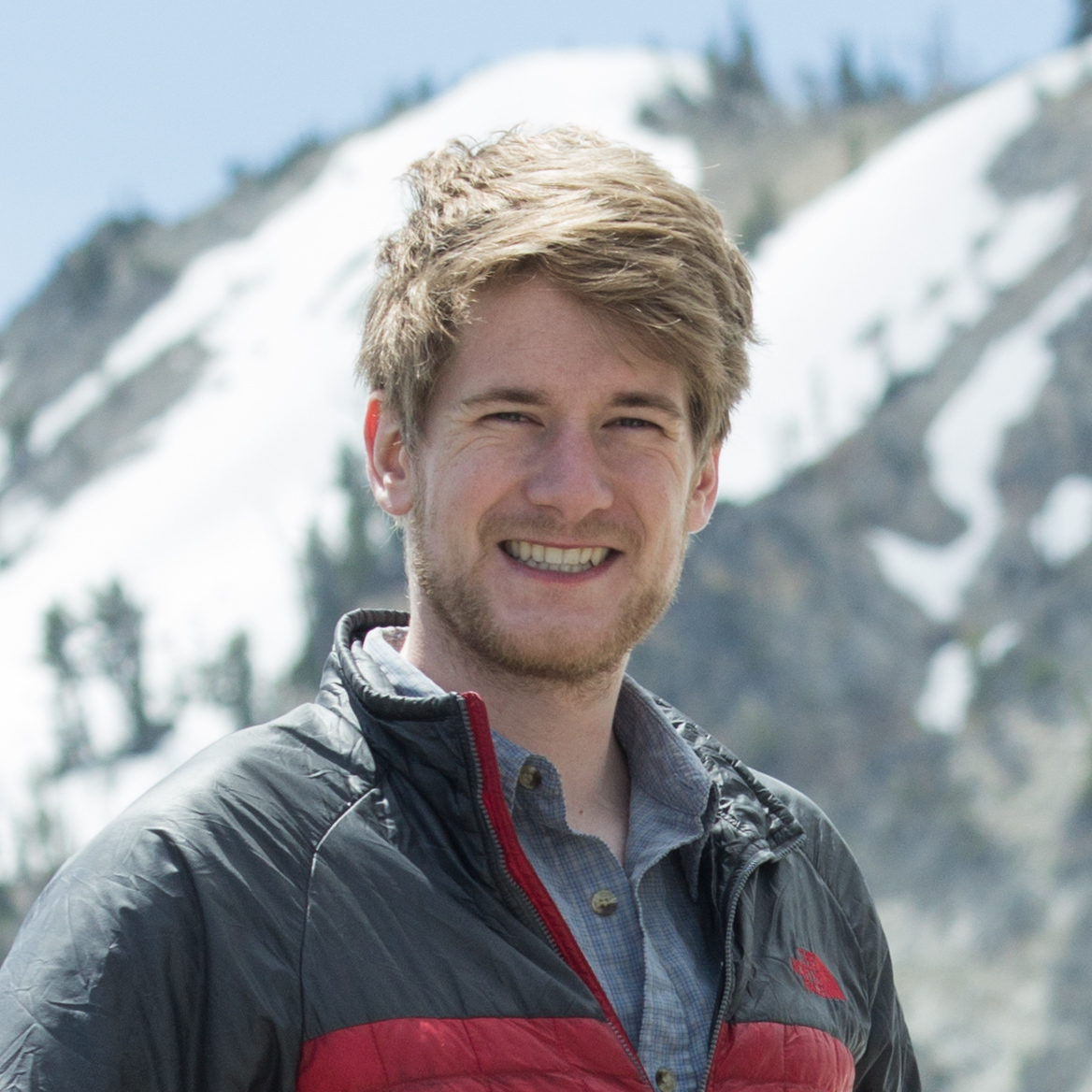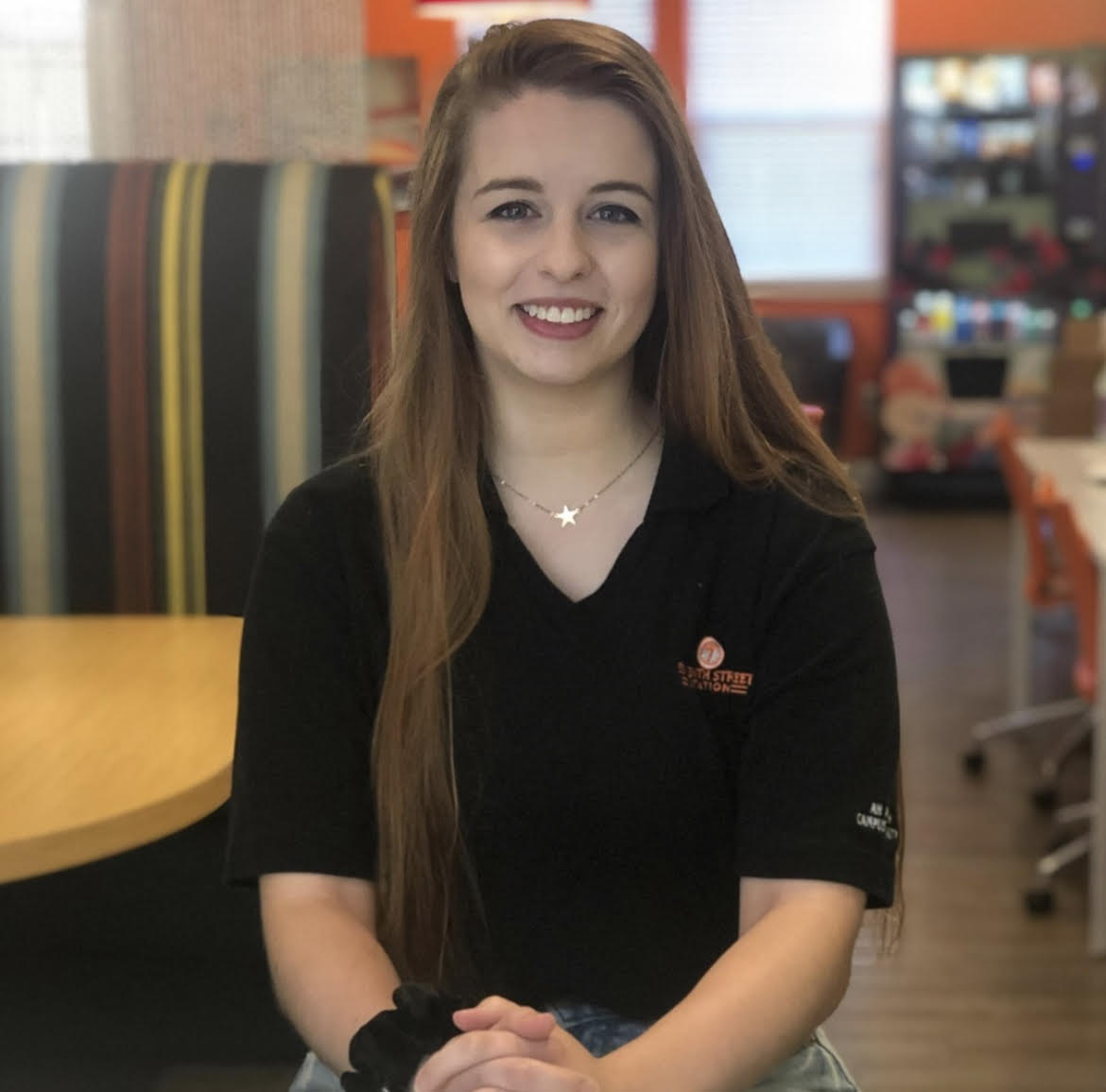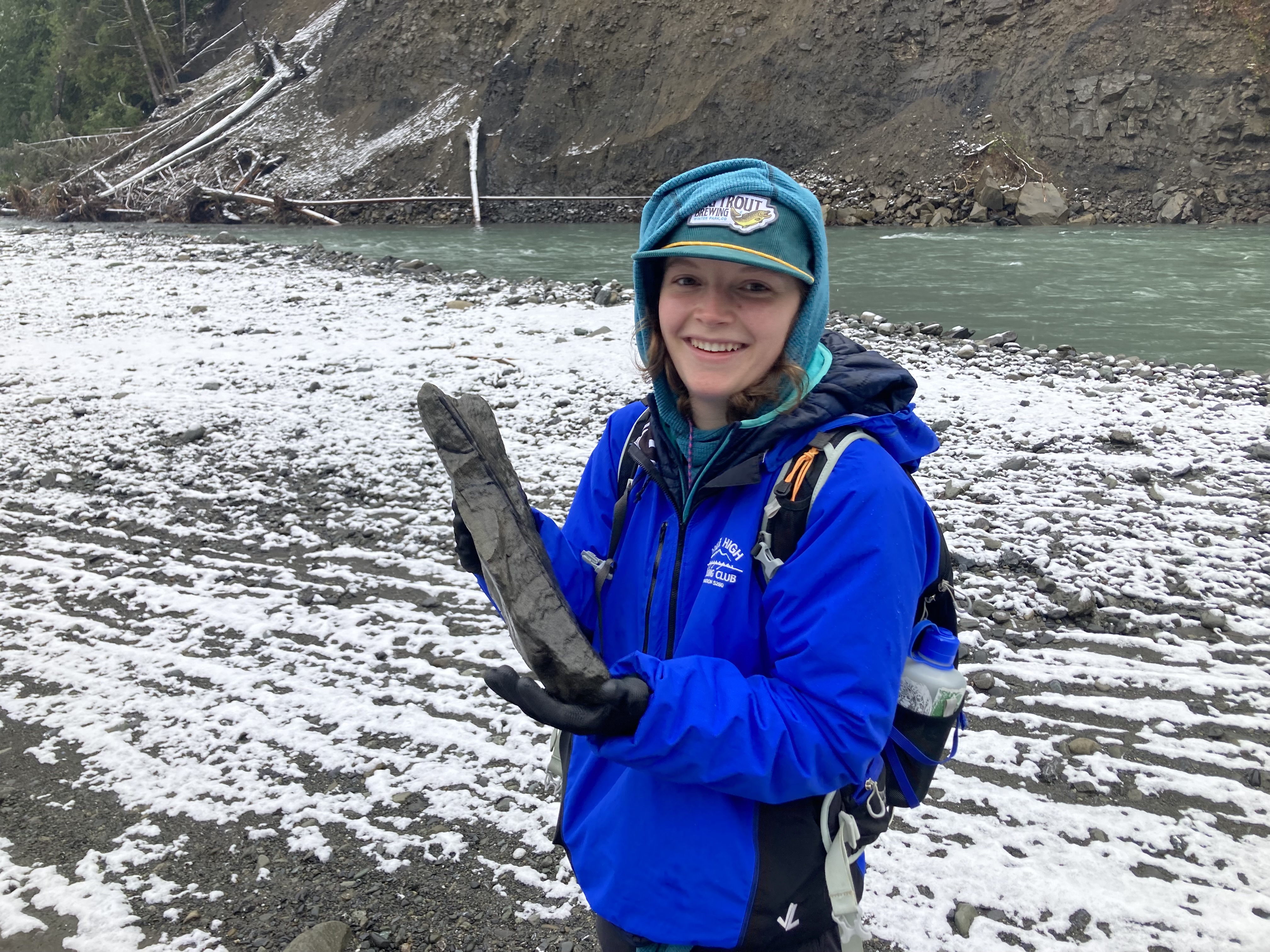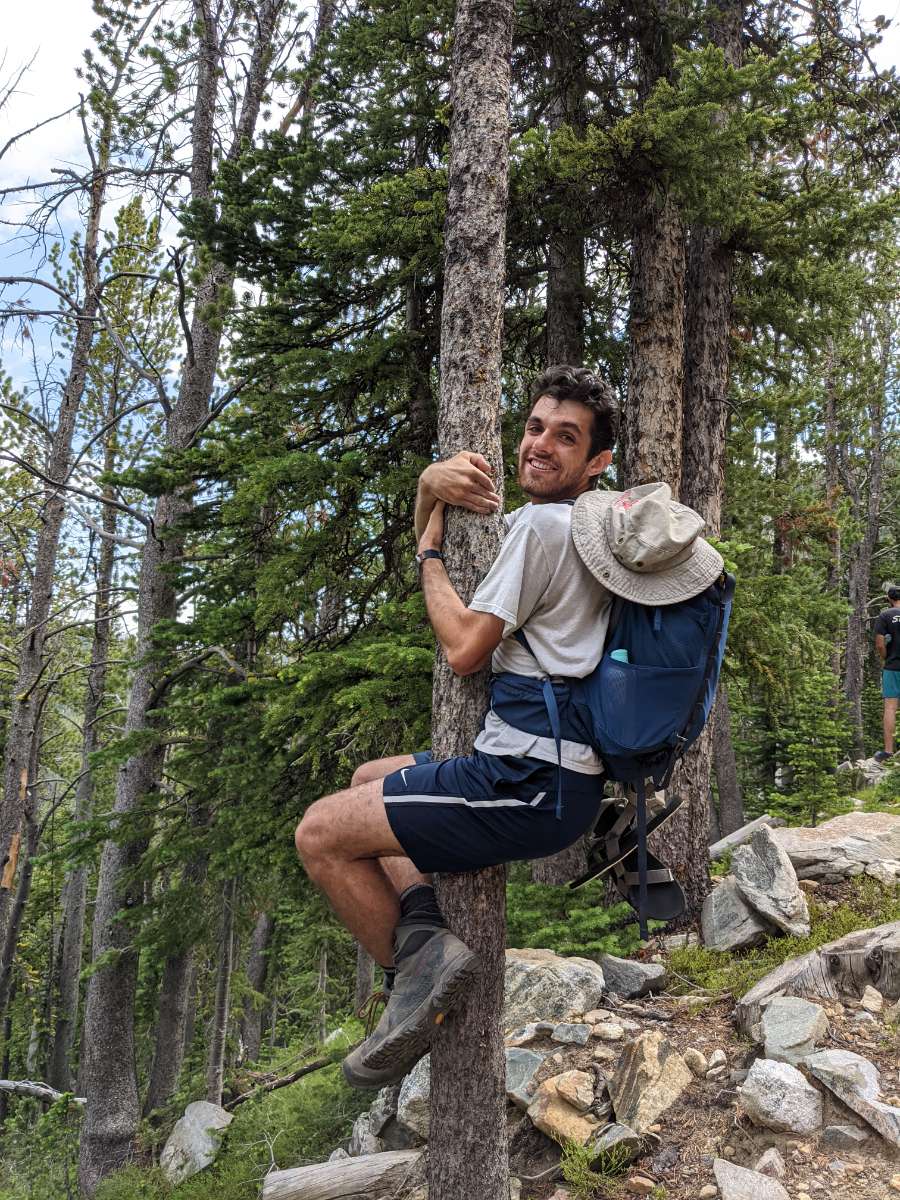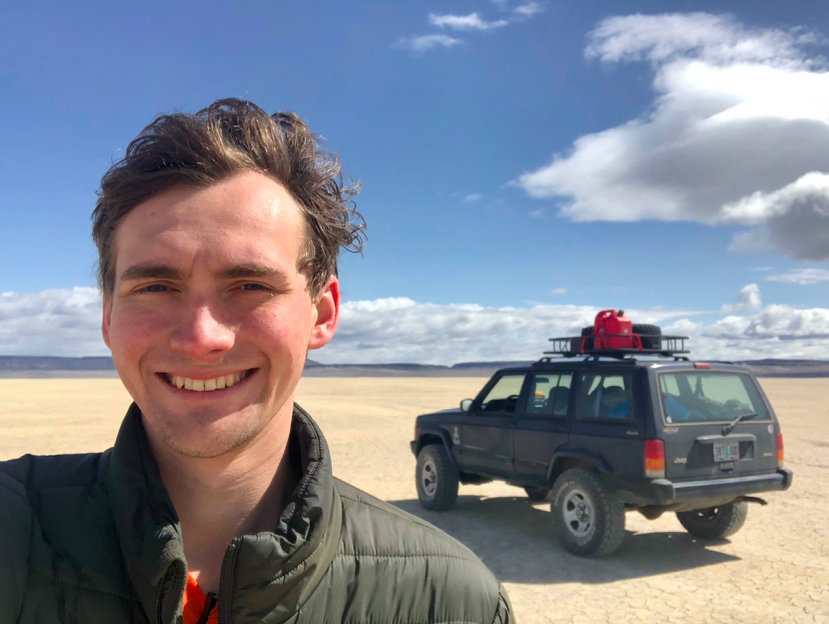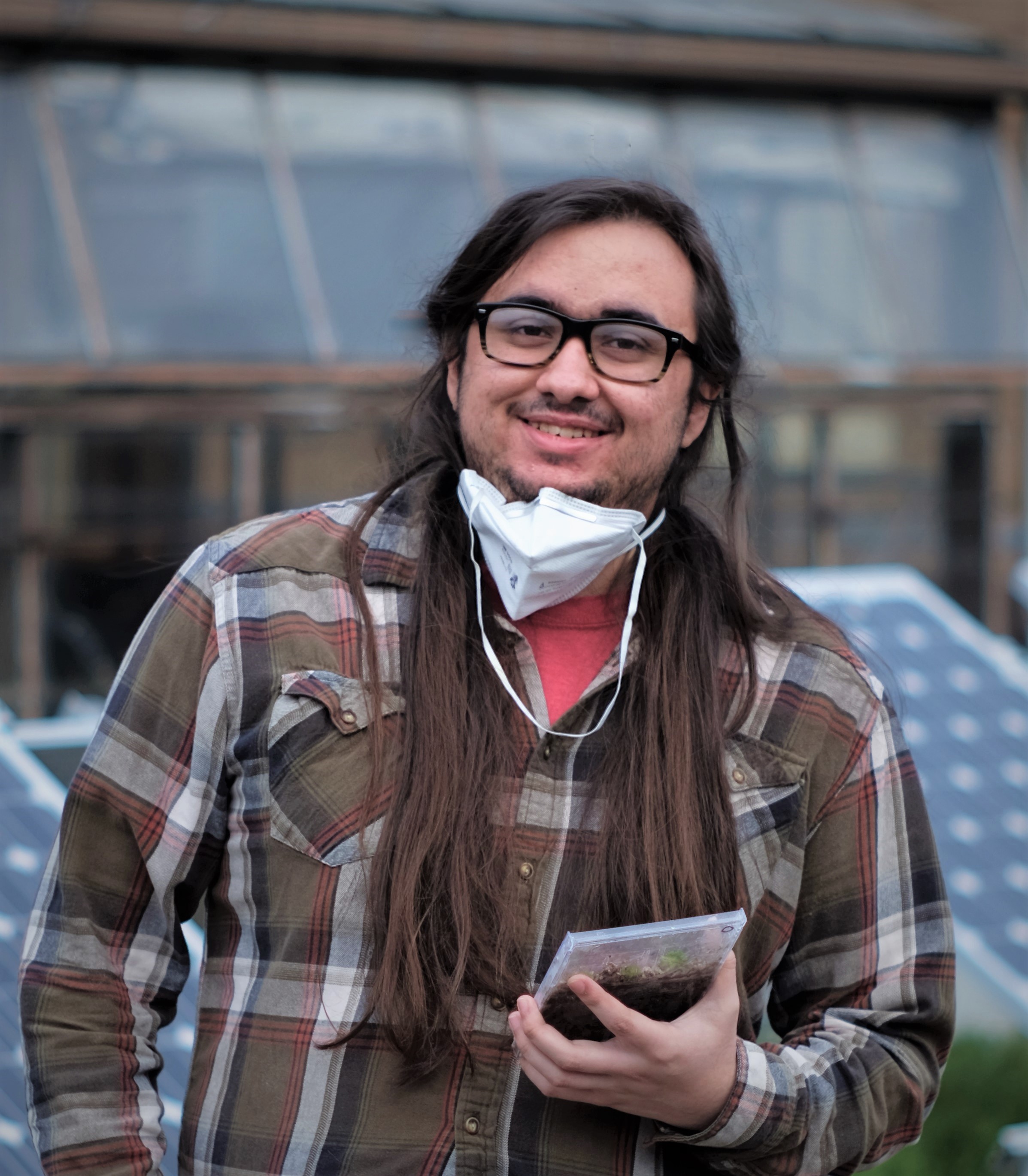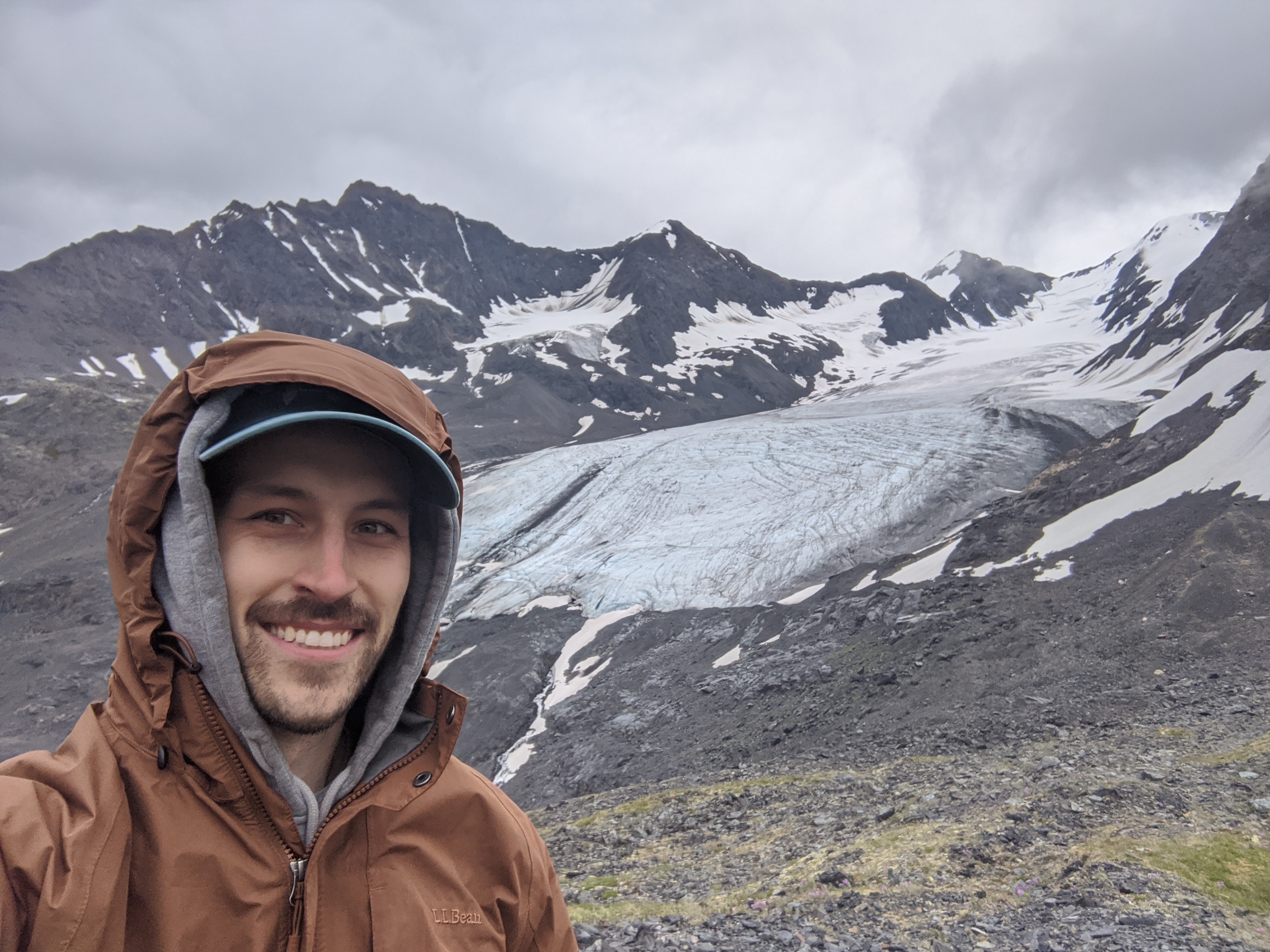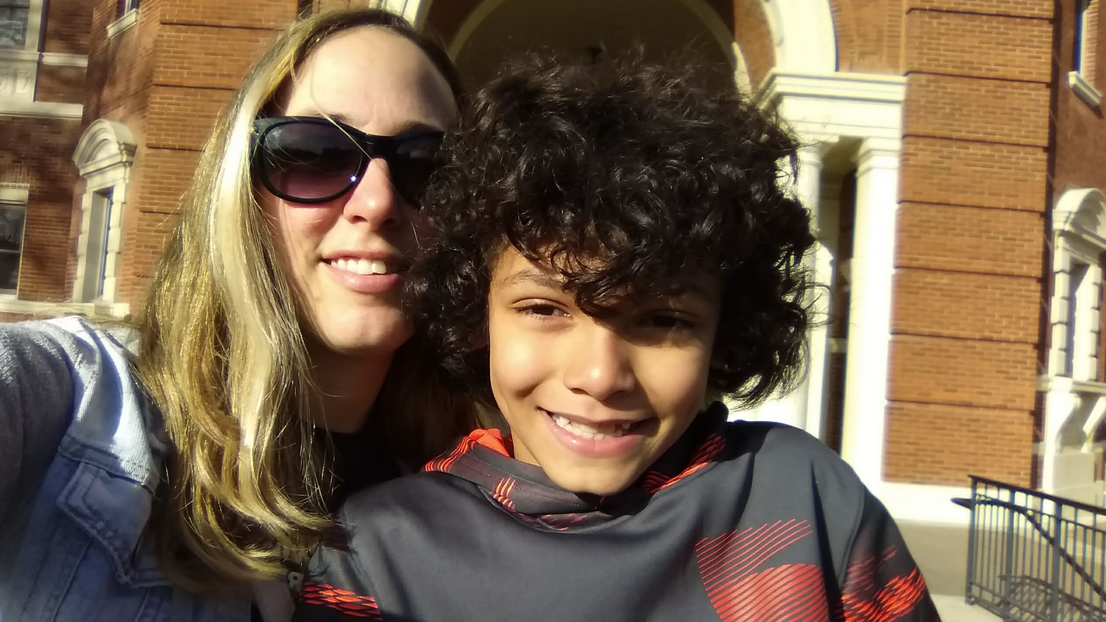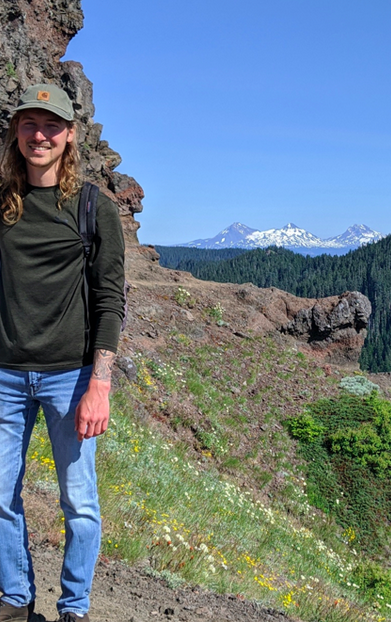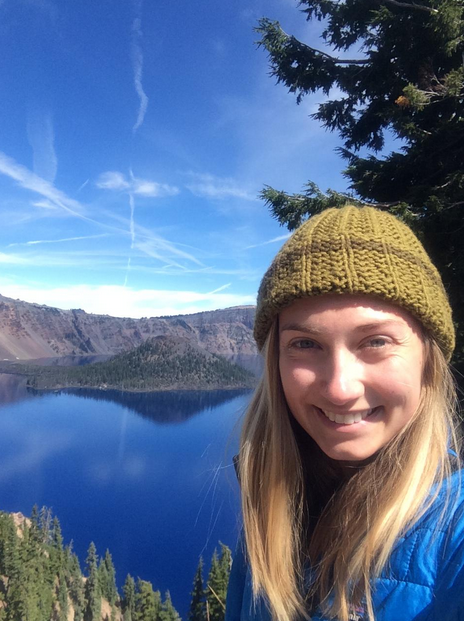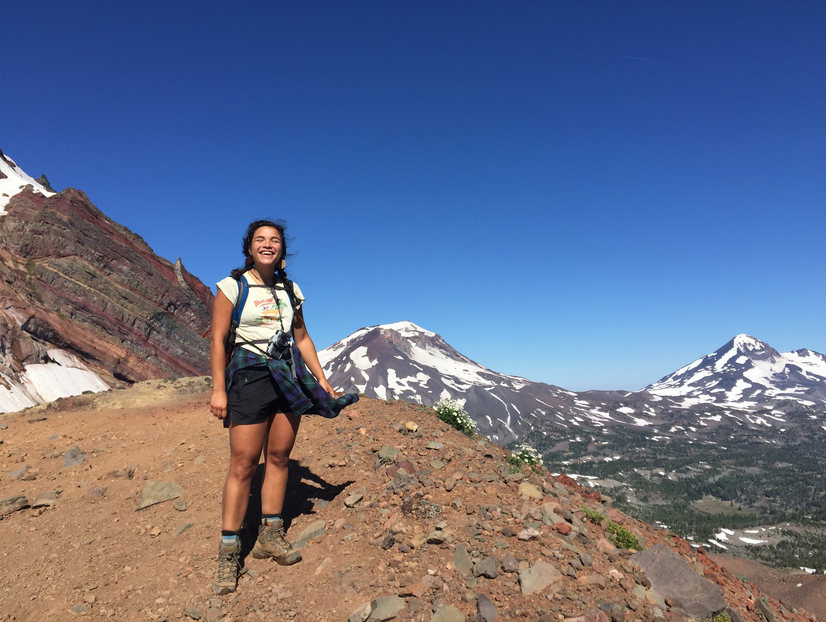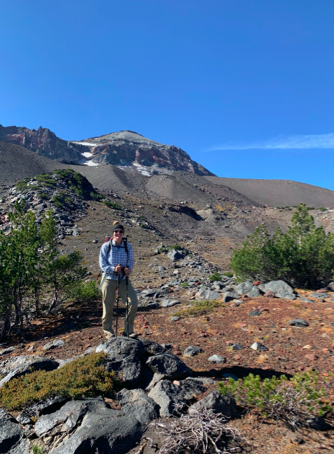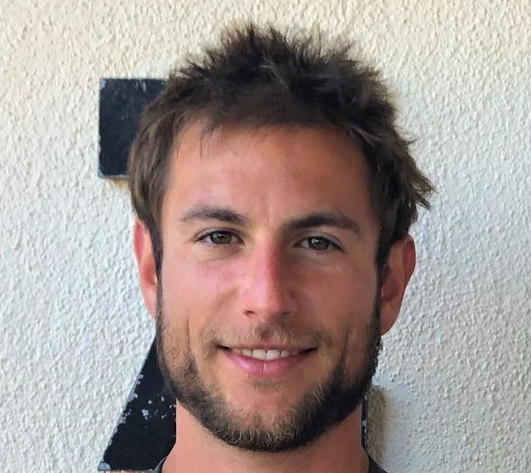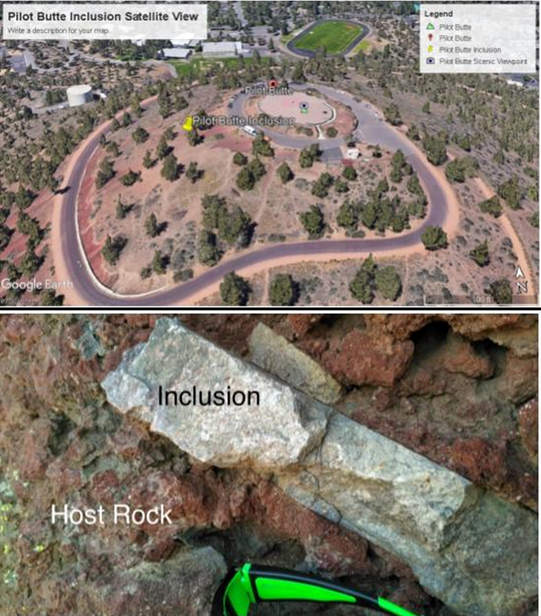Student Research Grants
The Central Oregon Geoscience Society offers student research grants for undergraduate and graduate students. Grants are intended to support research in any field generally related to the geosciences, with a focus on research projects in central Oregon. Grant funds may be used to support analytical costs, travel costs, field expenses, and other costs associated with research projects.
Application Deadline: April 1, 2025
2025 Student Research Grants |
| Anni Carew Grant amount: $1,400 awarded April 2025 Project: Genesis of low silica and high nickel basaltic andesites at Middle Sister, central Oregon |
| Michelle Carlson Grant amount: $1,000 awarded April 2025 Project: Spatial and Temporal Evaluation of Displacement on the Blue Ridge Fault, Mt. Hood, Oregon |
| Alyssa Smith Grant amount: $1,000 awarded April 2025 Project: Basaltic andesite lavas and “Citizen Science” in the Oregon Central High Cascades |
2024 Student Research Grants |
| Brittni Bishop Grant amount: $1,000 awarded April 2024 Project: The spatial and temporal evolution of the Harney Basin |
| Olivia Ernst Grant amount: $1,000 awarded April 2024 Project: An eruptive history mystery: Investigating a bimodel split in lava composition at Middle Sister Volcano, central Oregon |
| Jesse Fritz Grant amount: $1,008.70 awarded April 2024 Project: Hydrogeological dynamics of intermittent streams in central Oregon: Implications for steelhead conservation |
| Alyssa Smith Grant amount: $1,000 awarded April 2024 Project: Genesis of voluminous basaltic andesite lavas of the Oregon central High Cascades |
2023 Student Research Grants
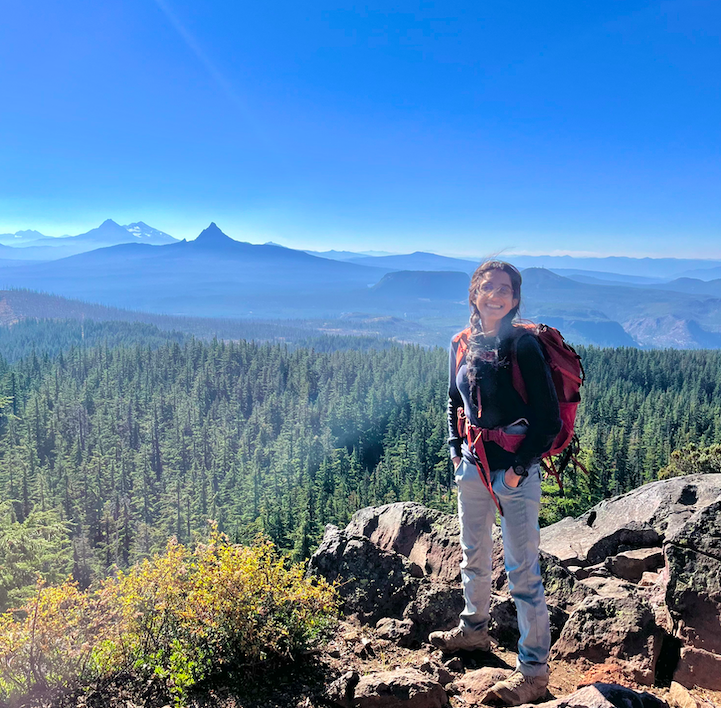 | Javaria Aziz Grant amount: $1,000 awarded April 2023 Project: Magma evolution and eruptive history of Three Fingered Jack, a mafic composite volcano in the central High Cascades of Oregon |
| Madelyn Cook Grant amount: $1,000 awarded April 2023 Project: Rejuvenation of magma mush preceding the eruption of the Rhyolite of Separation Creek, Three Sisters Volcanic Complex, central Oregon Cascades |
| Alex Newsom Grant amount: $1,000 awarded April 2023 Project: Dacite petrogenesis at Middle Sister in the Three Sisters (Klah Klahnee) Volcanic Complex, central Oregon |
| Kyle Nunley Grant amount: $747 awarded April 2023 Project: Argon geochronology on basalt and hosted sunstones in eastern Oregon |
| Dylan Quinn Grant amount: $1,000 awarded April 2023 Project: Laboratory burning to explore wildfire effects on soil physical and hydraulic properties |
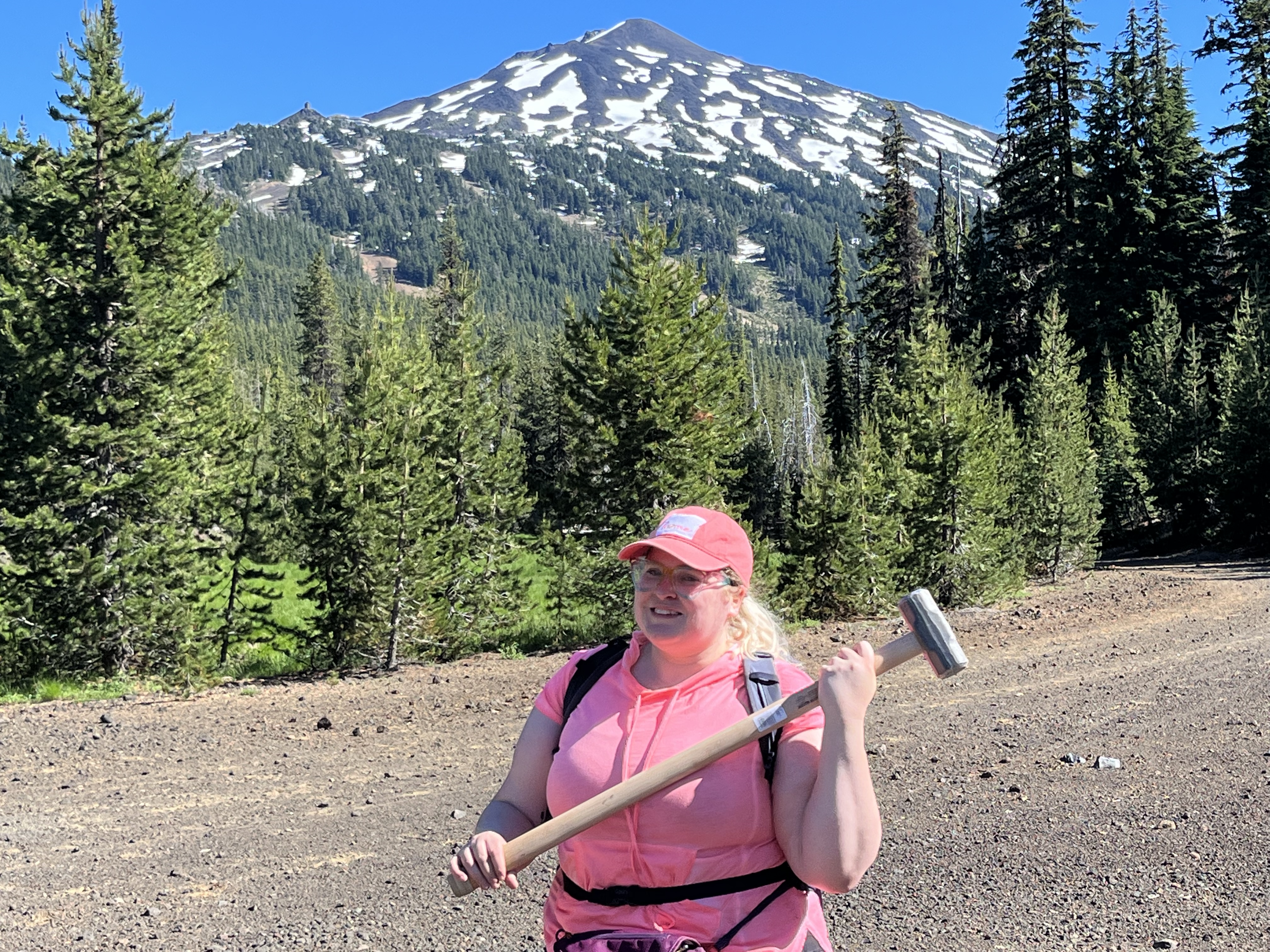 | Alyssa Smith Grant amount: $1,000 awarded April 2023 Project: Genesis of mafic lavas of the central to northern Oregon Cascade Range |
| Scott Toney Grant amount: $428 awarded April 2023 Project: Sunstones: A gemstone formed by a magmatic or hydrothermal process?
Grant Project Results |
| Cheyenne Yost Grant amount: $413 awarded April 2023 Project: Copper and lithium diffusion analysis of eastern Oregon sunstones |
2022 Student Research Grants
| Emma Calvert Grant amount: $593.30 awarded March 2022 Project: Understanding magma genesis and potential reservoir interconnectivity between two contemporaneous volcanoes during onset of cone-building activity |
| Julian Cohen Grant amount: $950 awarded March 2022 Project: Climate change in Oregon: Volcanic glass as a proxy for ancient water to track climate through time |
| Andrew Dunning Portland State University, Masters Project Grant amount: $1,083 awarded April 2022 Project: Evaluation of slip history and Holocene activity on faults in the Strawberry Mountains, Grant County, Oregon |
Sean Halstead Grant amount: $593.30 awarded March 2022 Project: Flipping the switch: An investigation of contemporaneous basaltic andesites to understand a shift in volcanic activity from South Sister to Middle Sister, central Oregon |
| Adrian Jimenez Grant amount: $1,000 awarded March 2022 Project: Spatiotemporal variations in stable isotopes of precipitation: Insights into the present and future hydrology of Oregon |
| Jennifer McLeod Oregon State University, PhD Project Grant amount: $1100 awarded March 2022 Project: Insight into regional tectonics revealed by oxygen isotope analysis of high silica rocks of the Tumalo Volcanic Center, central Oregon |
James Peale Grant amount: $593.30 awarded March 2022 Project: Using two coeval andesites from Middle and South Sisters, Oregon, as clues to understanding alternating periods of activity at adjacent stratovolcanoes |
| Michal Tutka Grant amount: $691.06 awarded March 2022 Project: Geometry- and submergence dependent roughness of large wood |
2021 Student Research Grants
| Andrew Dunning Grant amount: $1,083 awarded March 2021 Project: Evaluation of slip history and Holocene activity on faults in the Strawberry Mountains, Grant County, Oregon |
| Michelle Simone Jordan Grant amount: $489 awarded March 2021 Project: Explosive volcanism in the Bend area of central Oregon: Unraveling the path of pyroclastic flows and location of source vents using anisotropy of magnetic susceptibility In this project, the focus will be mainly on the magnetic properties of the Desert Springs Tuff, the Tumalo Tuff, and the Shevlin Park Tuff, three pyroclastic flow deposits from the Tumalo Volcanic Center in central Oregon near Bend and Sisters. It is intended to use the orientation of magnetic minerals to understand the flow directions of the pyroclastic flows. When high temperature pyroclastic flows deposit and cool, magnetic minerals record the flow direction. This is a technique known as Anisotropy of Magnetic Susceptibility (AMS) and will be used to infer a source vent(s) and indicate flow and transport direction of the pyroclastic flow deposits by evaluating the magnetic minerals locked inside and their magnetic orientations. |
| Charles Tyler Lewis Grant amount: $1,000 awarded March 2021 Project: Volatile contents of Newberry Volcano rhyolitic magmas and implications for explosive eruptions Newberry Volcano located near Bend, Oregon has a history of eruptions characterized by rhyolite (high-silica) magma. To understand the history and how it may play out in the future we need to understand why these eruptions occur. It is well known that high volatile contents (water, carbon dioxide) in magmas can fuel such eruptions. So, understanding the production and budget of volatiles in the rhyolite magmas will assist in hazard assessment by broadening our understanding of the explosivity and subsurface processes that lead to eruption. Geochemical analysis of rocks and their constituent minerals will be combined to reveal what the volatile budgets of the magmas were, and how this influences the eruptive behavior of Newberry. This study will contribute to a better understanding of the eruptive behavior and hazards of the Newberry volcanic system. |
| Ellen K. Olsen University of Oregon, PhD Project Grant amount: $1,158 awarded March 2021 Project: Improving paleoclimate interpretations: Kinetic isotope effects in calcite from saline, alkaline lakes of southern central Oregon Some minerals, such as calcite, record trace element and isotopic information that can be a window into past climates and environments. The equilibrium isotopic partitioning of oxygen between the mineral calcite and the water it grows from reflects the temperature of the water. However, natural calcite often grows too quickly to achieve equilibrium partitioning and will record kinetic isotopic effects that depend on environmental variables such as growth rate, lake pH, or lake composition. I will treat five closed-basin saline, alkaline lakes in Central Oregon as natural laboratories in which to grow calcite in the near-surface lake water while measuring environmental conditions, in addition to sampling past calcite deposits along the lakeshores. Quantifying disequilibrium isotopic effects recorded in calcite under known conditions will help me interpret isotopic signatures, and consequently, paleoclimate and paleoenvironment signals recorded in the ancient lake calcite. |
| Ana Mercedes Colón Umpierre Grant amount: $1,000 awarded March 2021 Project: Ice, ice, baby! Understanding ice-magma interactions in the Oregon Cascades Central Oregon has a wide range of glaciovolcanic deposits (meaning, volcanic deposits showing interaction with ice). Studying these deposits provides a unique opportunity to not only constrain a portion of Oregon’s rich volcanic history, but its glacial history as well. The goal of my project is to understand how the presence of ice affects the emplacement of magma, and to constrain the local paleo-ice conditions in the Cascades using these deposits. To address these objectives, I am proposing conducting fieldwork on two subglacial volcanoes, or tuyas, in the Cascades, with the goal of characterizing the geometry and emplacement history of deposits of intermediate compositions in a subduction arc setting, where most ice-covered volcanoes occur. |
2020 Student Research Grants
| Annika E. Dechert Grant amount: $1,000 awarded December 2020 Project: Gravity modeling at the South Sister Volcano, Oregon My research focuses on the South Sister Volcano, Oregon, to study the storage of magma in the plumbing system of an active volcano through time. Through field work measuring variations in gravitational acceleration exerted by the crustal structures, I can determine the density distribution beneath South Sister. With this density distribution, I will identify the depth and volume of the active magma chamber. Next, I will utilize a forward gravity model that identifies changes in gravitational acceleration based on varying volcanic processes through time (i.e., all of South Sister’s geologic record). By comparing the field data to the model results, I will establish a range of scenarios through time that allowed the South Sister magma system to evolve to its current state. |
| Adrian Broz Grant amount: $1,316 awarded December 2020 Project: Organic matter preservation in ancient soils of Earth and Mars Eastern Oregon’s iconic and colorful banded sedimentary rocks at the Painted Hills are a sequence of some 500 individual paleosols (ancient, buried soils) which formed over millions of years during the Eocene and Oligocene (42-26 million years ago). These ancient soils, now lithified into clay-rich sedimentary rocks, are strikingly similar in mineralogy and stratigraphy to ancient (~3.7 billion-year-old) clay deposits on Mars, and researchers from Purdue University, University of Oregon, and NASA have been using these paleosols as a Mars analog site to help determine if similar deposits on Mars should be targeted for in-situ biosignature investigation and Mars Sample Return. This project builds upon previous work which examined Painted Hills paleosol samples with instruments configured to operate like the SAM instrument onboard Curiosity Mars Rover. Specifically, this work uses radiocarbon dating and nuclear magnetic resonance spectroscopy to help determine if endogenous (original) organic carbon is preserved in 33-million-year old paleosols from eastern Oregon, and to discover whether there are any contributions from modern plants and/or microbes overlying the ancient soils. |
| Rachel Hargrove Grant amount: $380 awarded June 2020 Project: Pilot Butte Inclusion |




